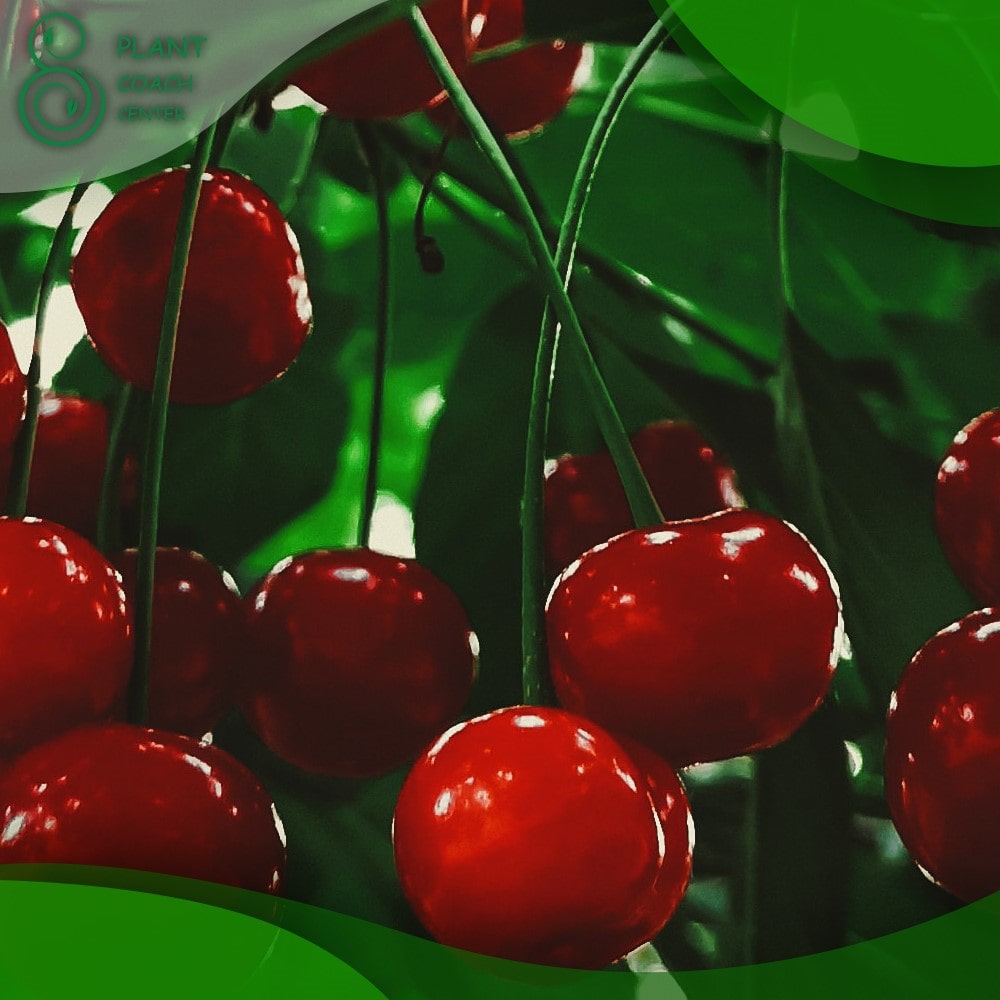When to Plant Cherry Seeds: A Comprehensive Guide
Introduction
Welcome to our comprehensive guide on when to plant cherry seeds. Cherry trees are beautiful and productive fruit trees that can provide delicious fruit for years to come. However, timing is crucial when it comes to planting cherry seeds. In this article, we’ll cover everything you need to know about planting, caring, and harvesting cherry trees from seeds, including common problems and solutions.
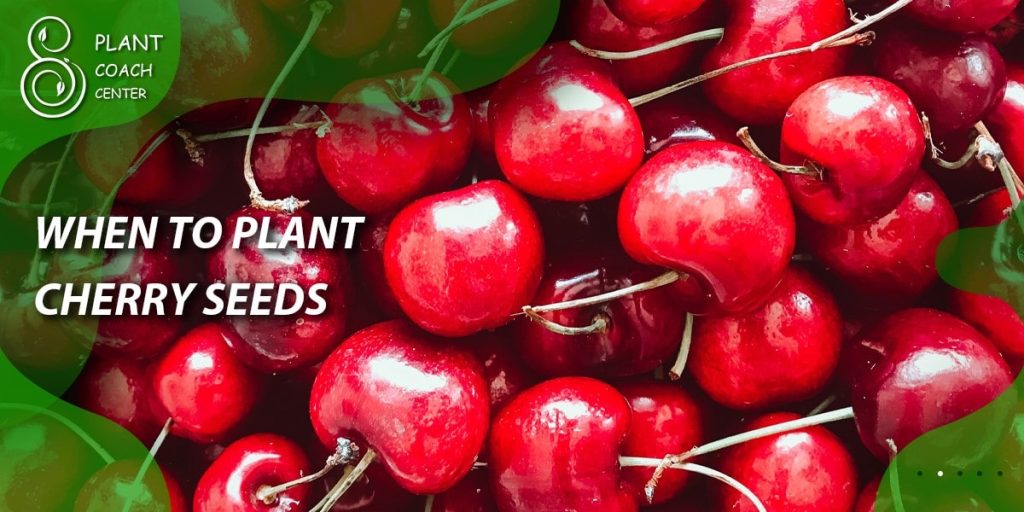
Understanding Cherry Trees
Before we dive into the details of when to plant cherry seeds, let’s first understand the basics of growing cherry trees.
Cherry Tree Varieties and Characteristics
Cherry trees come in a range of colors, flavors, and sizes. Some popular varieties of cherry trees include:
– Sweet cherry trees: produce large, juicy cherries that are perfect for eating fresh
– Tart cherry trees: produce smaller, tangier cherries that are great for baking and cooking
– Dwarf cherry trees: perfect for small gardens or container growing
Nutritional Benefits of Cherries
Cherries are a good source of vitamin C, fiber, and antioxidants. They are also low in calories and can be a healthy addition to any diet.
Soil Requirements for Growing Cherry Trees
Cherry trees require well-draining soil with a pH between 6.0 and 7.0. They prefer soil that is rich in organic matter and free of rocks or other debris.
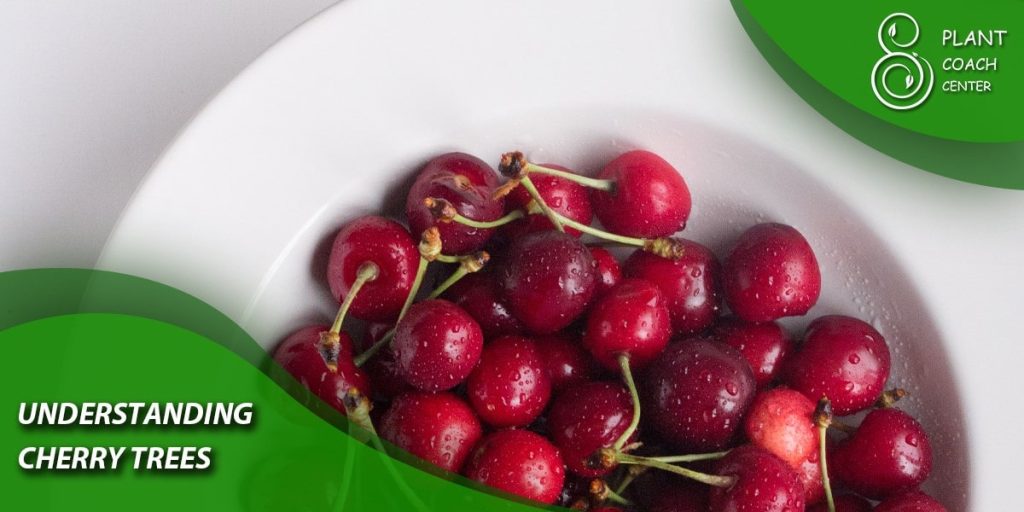
Preparing for Planting
Before planting cherry seeds, it’s important to prepare the soil and choose the right location.
Choosing the Right Location
Cherry trees require full sun and well-draining soil. Choose a location that receives at least 6-8 hours of direct sunlight per day and has good airflow to prevent disease.
Soil Preparation
Cherry trees require loose, friable soil that is free of rocks or other debris. To prepare the soil for planting, follow these steps:
- Remove any weeds or other plant material from the area.
- Loosen the soil to a depth of at least 6 inches.
- Mix in compost or other organic matter to improve soil fertility and structure.
Fertilization
Cherry trees require a balanced fertilizer with a higher percentage of phosphorus and potassium than nitrogen. Apply a fertilizer with a ratio of 5-10-10 or 10-10-10 before planting.
Tools and Equipment Needed for Planting
To properly plant cherry seeds, you will need the following tools:
– Garden hoe or rake
– Spade or shovel
– Garden hose or watering can
– Mulch or other organic material
Preparing for Planting
When to Plant Cherry Seeds
Timing is crucial when it comes to planting cherry seeds. Here are some factors to consider when deciding when to plant:

Factors to Consider
– Your location and climate
– Average last frost dates in your area
– Recommended planting dates for your region
– How to determine soil temperature
Recommended Planting Dates
The best time to plant cherry seeds depends on your location and climate. In general, the best time to plant cherry seeds is in the fall, after the last frost has passed and the soil has warmed up.
How to Determine Soil Temperature
Cherry seeds require a soil temperature of at least 50°F to germinate. Use a soil thermometer to determine the temperature of the soil before planting.
Planting Techniques
Now that you know when to plant cherry seeds, let’s discuss planting techniques.
Preparing Cherry Seeds for Planting
To prepare cherry seeds for planting, follow these steps:
- Remove the seeds from the cherry fruit.
- Rinse the seeds in water and remove any remaining fruit.
- Dry the seeds completely before planting.
Planting Depth and Spacing
Plant cherry seeds 1 inch deep and space them 2-3 inches apart. Thin the seedlings to 4-6 inches apart once they have developed their second set of leaves.
Watering and Irrigation
Cherry seeds require consistent moisture to germinate and grow properly. Water the soil deeply and regularly, taking care not to overwater or waterlog the soil.
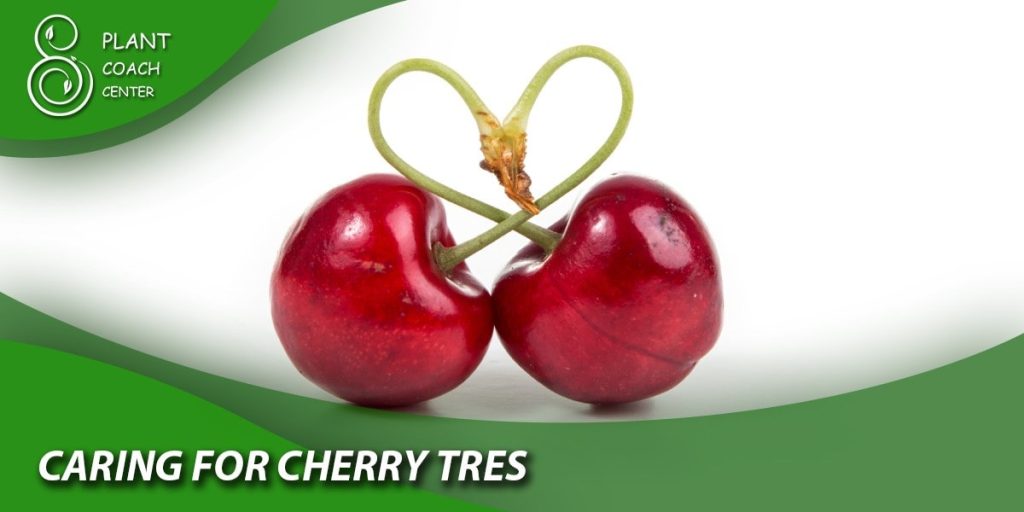
Caring for Cherry Trees
After planting, it’s important to provide proper care and maintenance to ensure healthy growth and a bountiful harvest.
Pruning and Training
Pruning and training are essential for shaping cherry trees and promoting healthy growth. Here are some tips for pruning and training cherry trees:
– Prune cherry trees in late winter or early spring.
– Remove any dead or diseased wood.
– Train cherry trees to a central leader or open center system.
Fertilization and Nutrient Management
Cherry trees require a balanced fertilizer with a higher percentage of phosphorus and potassium than nitrogen. Apply a fertilizer with a ratio of 5-10-10 or 10-10-10 in the spring and again in the fall.
Pest and Disease Management
Cherry trees can be susceptible to a range of pests and diseases, including cherry fruit fly, cherry slug, and brown rot. To prevent and managepest and disease problems, follow these tips:
– Monitor trees regularly for signs of pests or diseases.
– Use organic pest and disease control methods whenever possible.
– Remove and dispose of any infected plant material.
Common Problems and Solutions
Cherry trees can experience a range of problems, from pests and diseases to environmental stress and nutrient deficiencies. Here are some common problems and solutions:
– Poor fruit set: Lack of pollination or poor growing conditions can cause poor fruit set. Ensure that your cherry tree is getting enough sunlight, water, and nutrients.
– Leaf curl: Leaf curl is a fungal disease that can cause leaves to curl and distort. To prevent leaf curl, apply a fungicide in the early spring.
– Brown rot: Brown rot is a fungal disease that can cause fruit to rot and drop prematurely. To prevent brown rot, remove and dispose of any infected fruit and spray with a fungicide.
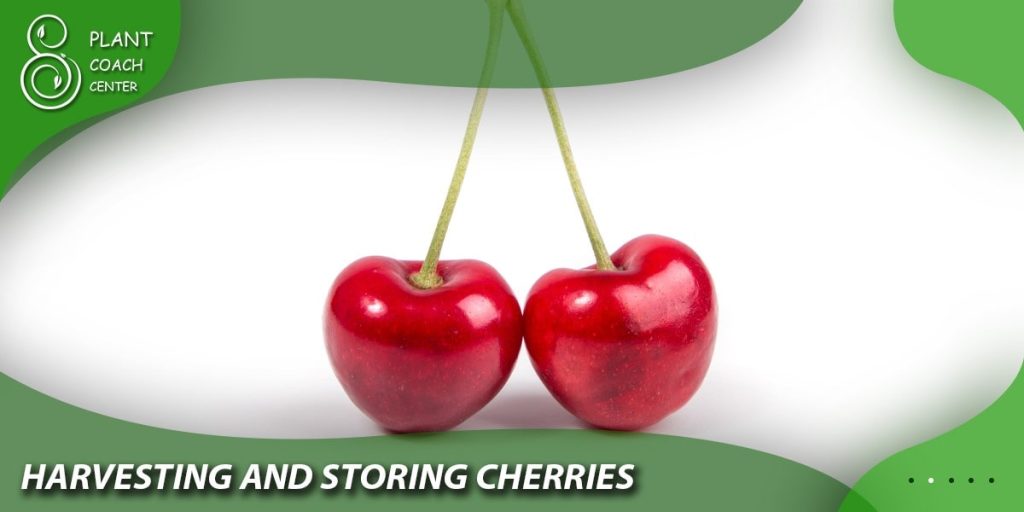
Harvesting and Storing Cherries
Once your cherry tree has produced fruit, it’s time to harvest and store the cherries.
Signs of Ripe Cherries
Cherries are ripe and ready to harvest when they are plump, firm, and dark in color. The stem should also be firmly attached to the fruit.
Harvesting Techniques
To harvest cherries, follow these steps:
- Gently twist the cherry to remove it from the stem.
- Place the cherries in a container or basket.
How to Store Cherries Properly
Cherries can be stored in the refrigerator for up to a week. To freeze cherries, remove the stems and pit the fruit before placing it in a freezer-safe container.
Propagating Cherry Trees from Cuttings
If you already have a cherry tree and want to propagate it, you can do so from cuttings.
Overview of Propagating Cherry Trees from Cuttings
To propagate cherry trees from cuttings, follow these steps:
- Select a healthy branch from the cherry tree.
- Cut a 6-8 inch length of the branch.
- Remove the leaves from the bottom half of the cutting.
- Dip the cutting in rooting hormone.
- Plant the cutting in a pot filled with soil.
- Water the cutting regularly.
When to Take Cuttings
The best time to take cuttings from a cherry tree is in the late summer or early fall.
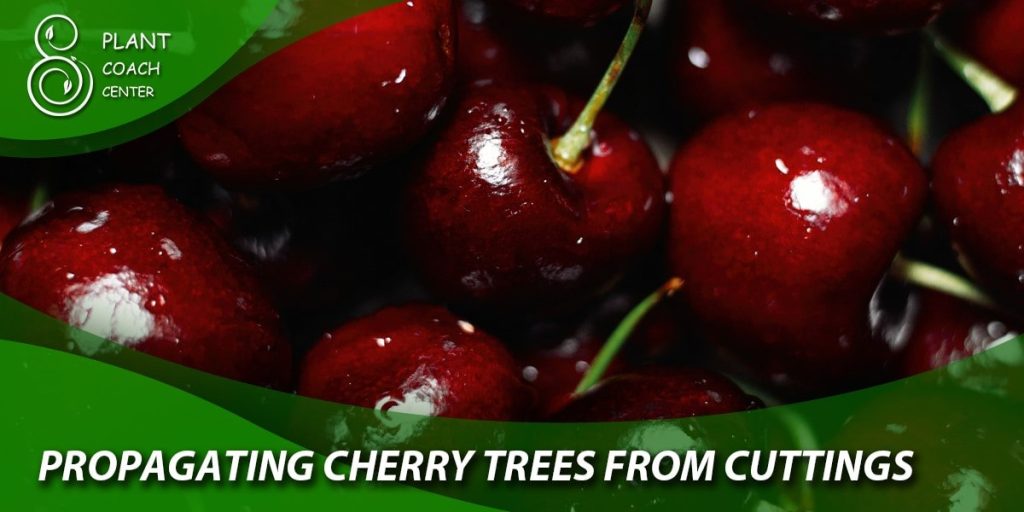
Conclusion
In conclusion, growing cherry trees from seeds can be a rewarding and enjoyable experience. By following the tips and techniques outlined in this guide, you can successfully plant, care for, and harvest cherries from your own backyard. For further information and support, visit plantcoachcenter.com, where you can find expert advice and resources on all aspects of plant care.
When should I plant cherry seeds?
Spring.
What is the best time to sow cherry seeds?
Early spring.
Can I plant cherry seeds in the fall?
It's best to plant them in the spring.
Which season is ideal for planting cherry seeds?
Springtime.


